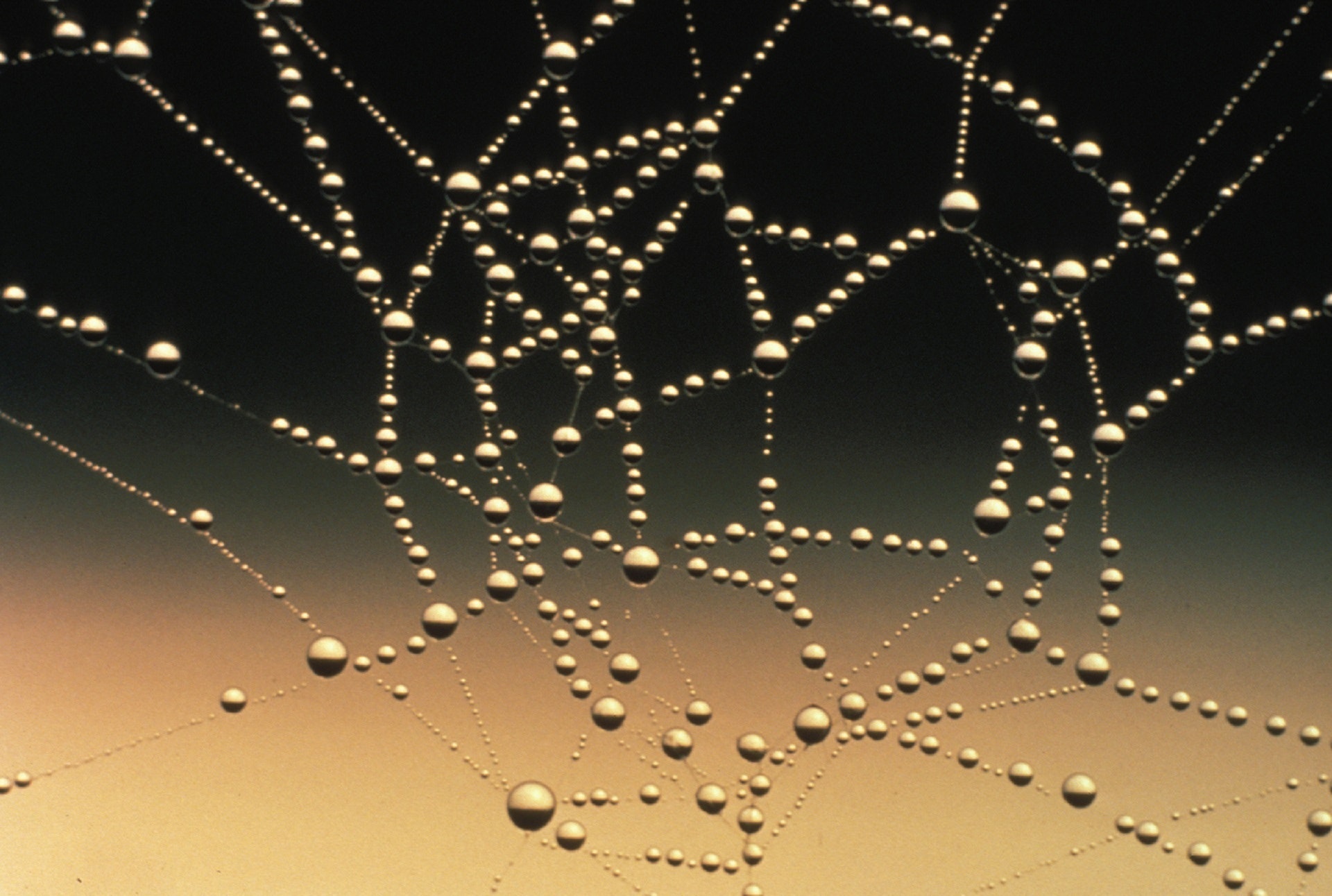When building a Social Media Application, it's hard not to think about graph data structure. A graph data structure is a collection of nodes (or vertices) connected by edges (or arcs).
It is used to model relationships or connections between objects. Graphs are composed of nodes, which represent entities or objects, and edges, which represent the relationships between these entities.
Graphs can be used to represent a wide range of relationships, making them a powerful tool for modeling and analyzing complex networks, such as social networks.
In a social media application, a graph data structure can be used to represent various relationships and interactions among users, content, and other entities. Here are some examples of how graph data structures can be used in a social media app:
Social Network Graph: A social media app can use a graph data structure to model the relationships between users, where each user is represented as a node, and connections such as friendships, followers, or followings are represented as edges.
This graph can be used to efficiently retrieve and analyze user connections, suggest friends, find common interests, and facilitate social interactions within the app.
Content Graph: A social media app can use a graph data structure to model the relationships between different types of content, such as posts, comments, and likes. Each content entity can be represented as a node, and interactions between them, such as comments on a post or likes on a comment, can be represented as edges.
This graph can be used to organize and retrieve content efficiently, facilitate content discovery, and personalize content recommendations.
Hashtag Graph: A social media app can use a graph data structure to model the relationships between hashtags or topics. Each hashtag can be represented as a node, and connections between hashtags, such as co-occurring hashtags or similar topics, can be represented as edges.
This graph can be used to identify popular hashtags, track trends, and provide relevant content recommendations based on user interests.
User Activity Graph: A social media app can use a graph data structure to model the activities or actions of users, such as comments, likes, shares, or interactions with content. Each activity can be represented as a node, and connections between activities, such as the user who performed the action and the content or user on which the action was performed, can be represented as edges.
This graph can be used to track user engagement, personalize user experiences, and provide personalized recommendations based on user behavior.
Graph data structures can provide powerful capabilities for analyzing and modeling complex relationships in social media applications. They can help improve performance, enable personalized recommendations, and enhance user experiences.
However, implementing and managing graph data structures can also be complex, and appropriate graph database technologies or algorithms may be required to efficiently handle large-scale graph data.
Careful design and optimization are necessary to ensure that the graph data structure is well-suited to the specific requirements of the social media app and its intended use cases.
Here's an example of a simple graph data structure implemented in C# using an adjacency list representation:
using System;
using System.Collections.Generic;
// Node class to represent individual nodes/vertices in the graph
class Node
{
public int Value { get; set; }
public Node(int value)
{
Value = value;
}
}
// Graph class to represent the graph data structure
class Graph
{
private Dictionary<Node, List<Node>> adjacencyList;
public Graph()
{
adjacencyList = new Dictionary<Node, List<Node>>();
}
// Add a node to the graph
public void AddNode(Node node)
{
if (!adjacencyList.ContainsKey(node))
{
adjacencyList[node] = new List<Node>();
}
}
// Add an edge between two nodes in the graph
public void AddEdge(Node source, Node destination)
{
if (!adjacencyList.ContainsKey(source) || !adjacencyList.ContainsKey(destination))
{
throw new ArgumentException("Source or destination node not found in the graph.");
}
adjacencyList[source].Add(destination);
adjacencyList[destination].Add(source); // Uncomment this line for undirected graph
}
// Get neighbors of a node in the graph
public List<Node> GetNeighbors(Node node)
{
if (!adjacencyList.ContainsKey(node))
{
throw new ArgumentException("Node not found in the graph.");
}
return adjacencyList[node];
}
}
class Program
{
static void Main(string[] args)
{
// Create a graph
Graph graph = new Graph();
// Create nodes
Node node1 = new Node(1);
Node node2 = new Node(2);
Node node3 = new Node(3);
Node node4 = new Node(4);
// Add nodes to the graph
graph.AddNode(node1);
graph.AddNode(node2);
graph.AddNode(node3);
graph.AddNode(node4);
// Add edges between nodes
graph.AddEdge(node1, node2);
graph.AddEdge(node1, node3);
graph.AddEdge(node2, node4);
graph.AddEdge(node3, node4);
// Get neighbors of a node
List<Node> neighbors = graph.GetNeighbors(node1);
Console.WriteLine("Neighbors of Node 1: ");
foreach (Node neighbor in neighbors)
{
Console.WriteLine(neighbor.Value);
}
/*
Output:
Neighbors of Node 1:
2
3
*/
// Pause console
Console.ReadLine();
}
}
Some challenges you may encounter when working with graph data structure:
If you are asked to find the shortest path from A to C, then look at the graph below
[A|1] => [B|2] => [C|3]
in this case, the weight of the Edge of A to C is 2 because if you are coming from A to C you will have to go through B which has a weight of 2.
The weight you see in the nodes can be IDs from the Database or could be the Machine location indicating how far the node is stored on disk based on the Data Center location.